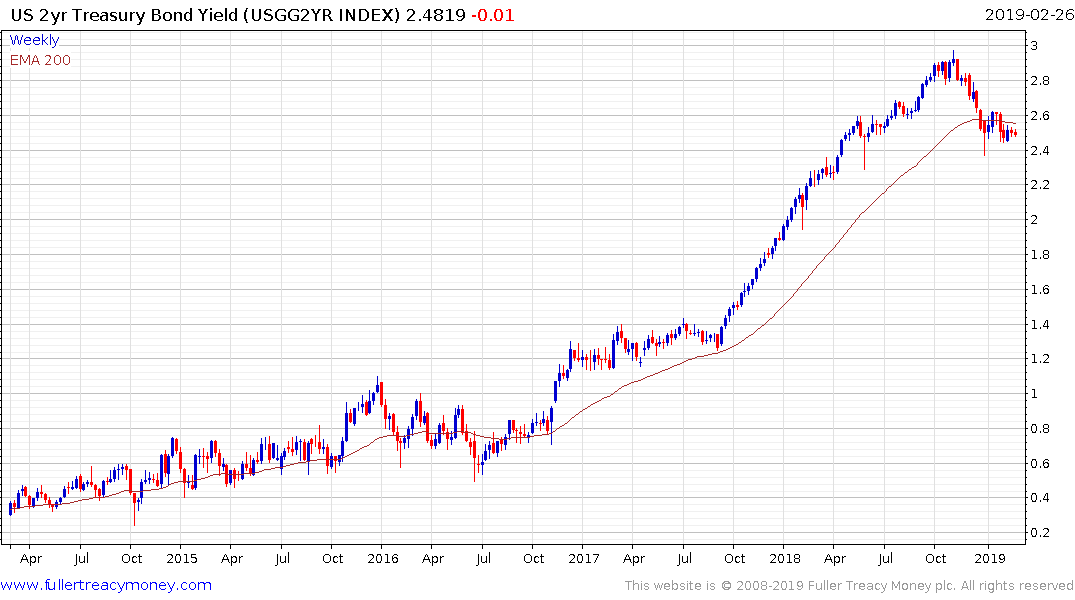Berkshire Hathaway Annual Letter 2019
Thanks to a subscriber for this issue of Warren Buffett’s annual missive. Here is a section:
Berkshire will forever remain a financial fortress. In managing, I will make expensive mistakes of commission and will also miss many opportunities, some of which should have been obvious to me. At times, our stock will tumble as investors flee from equities. But I will never risk getting caught short of cash.
In the years ahead, we hope to move much of our excess liquidity into businesses that Berkshire will permanently own. The immediate prospects for that, however, are not good: Prices are sky-high for businesses possessing decent long-term prospects.
That disappointing reality means that 2019 will likely see us again expanding our holdings of marketable equities. We continue, nevertheless, to hope for an elephant-sized acquisition. Even at our ages of 88 and 95 – I’m the young one – that prospect is what causes my heart and Charlie’s to beat faster. (Just writing about the possibility of a huge purchase has caused my pulse rate to soar.)
Here is a link to the full letter.
Buffett suggests he is thinking about buying back shares because they do not see suitable opportunities for their cash in the public markets. That is a testament to the fact that valuations are high by many historical standards and liquidity is not as abundant as it was earlier in this bull market. It is also a reflection of the fact that he is aware of the risks to a number of Berkshire business from competition and obsolescence and that there is a risk perception of the conglomerate’s fortunes will sour.
What to do with cash is an issue I am seeing more and more with the people I talk with. Nevada Trust Company, where I am a director, started a cash treasury management service last year in an effort to pass on more value to clients from rates of interest that are now reasonable compared with next to nothing over the last number of years. There are also a number of other institutions I talk to which have been very active in raising cash over the last year and have been reticent about redeploying it.
The simple fact is that people seem to be happy to hold cash or near cash items and accept a couple of percent return rather than deal with volatility and uncertainty in the market despite the near 20% rebound from the Boxing Day low. The decision to sell for many investors is a big one and not easily reversed, particularly if the price is above where the sale occurred. That is equally true of both large and small investors. The most recent edition of Riverfront’s weekly letter, by coincidence, focuses on this topic.

Quantitative easing forced conservative income hungry investors into riskier assets to capture yield. Right now, the 2-year yield is distributing below the trend mean as it holds the 2.5% area. A sustained move below that level would crystalise the view the Fed is done with raising rates and the next significant move is lower. Near cash items are therefore at increasing risk of losing the yield currently on offer. That could reduce the allure of cash but new highs on the stock market will probably be required to attractive investor back in the numbers.
This additional article from the New York Times, kindly forwarded by a subscriber, may also be of interest.
Back to top

